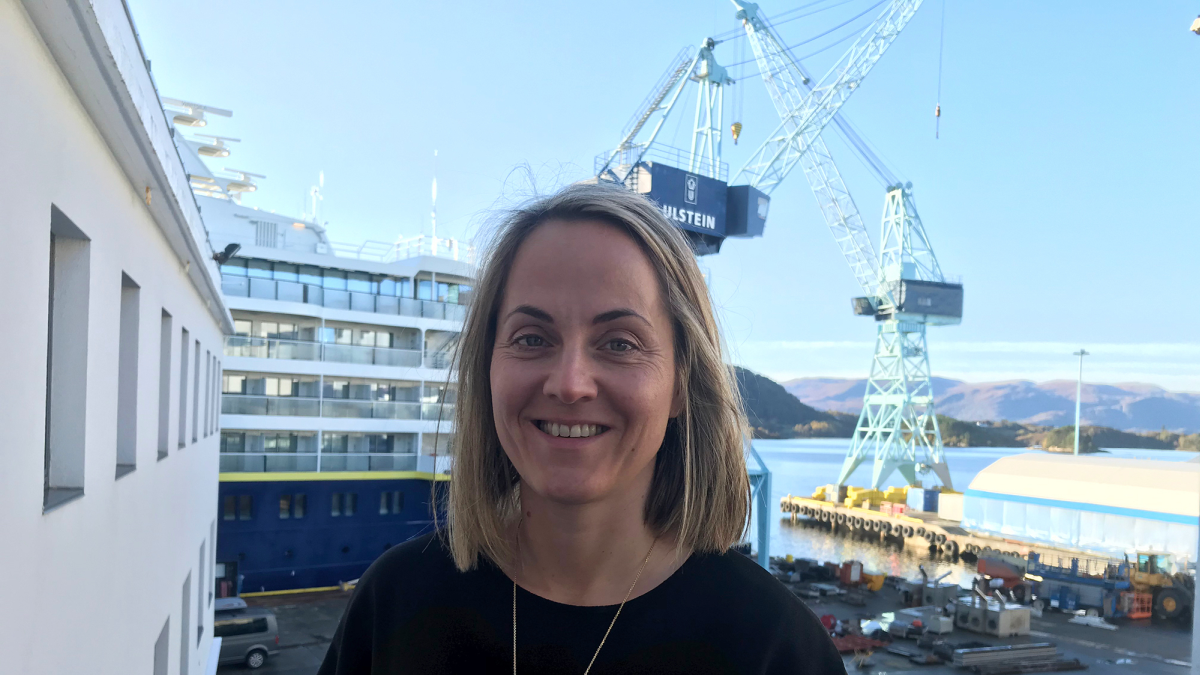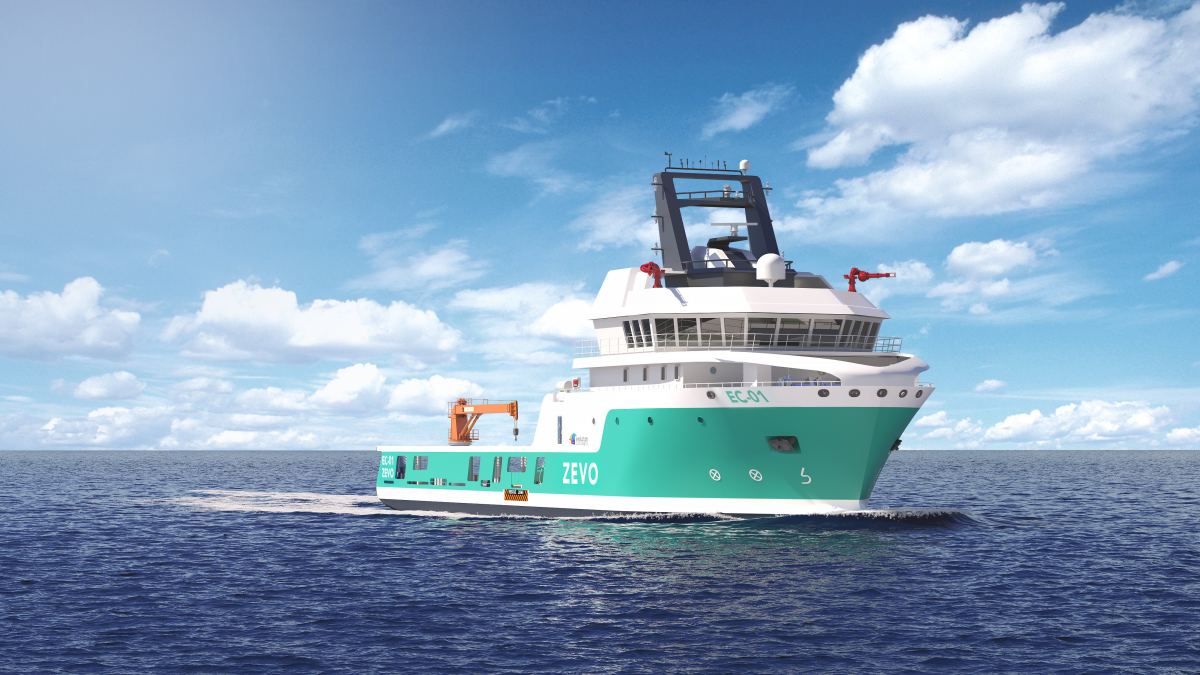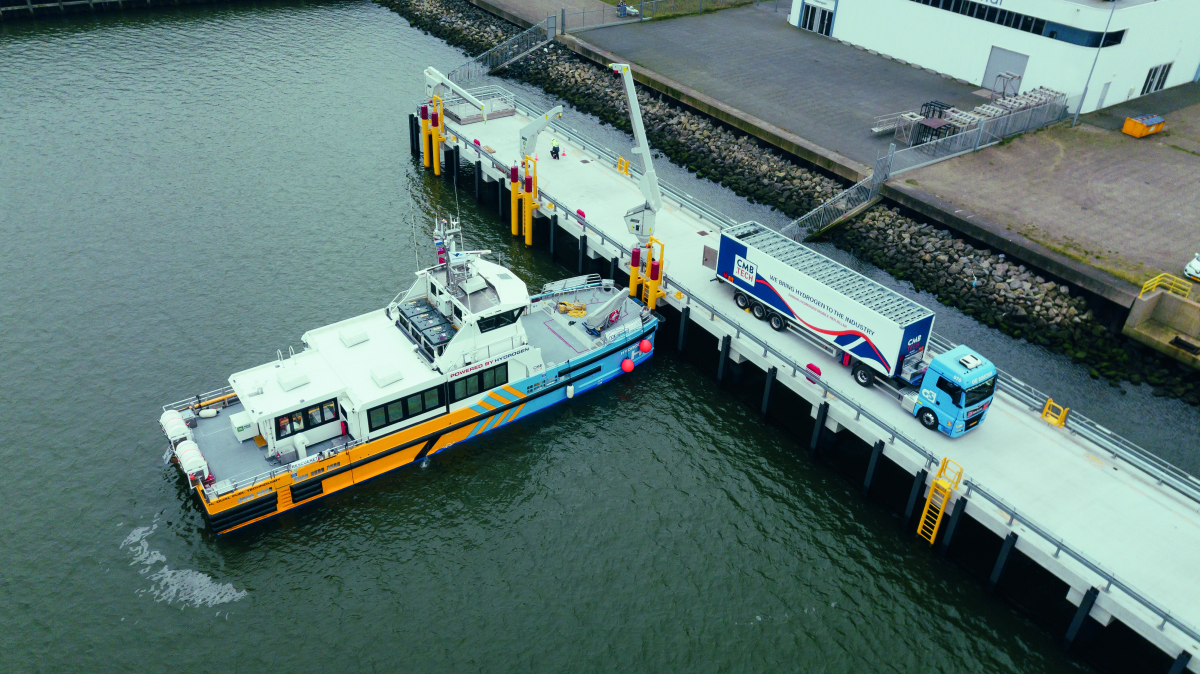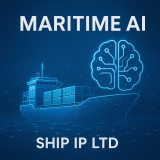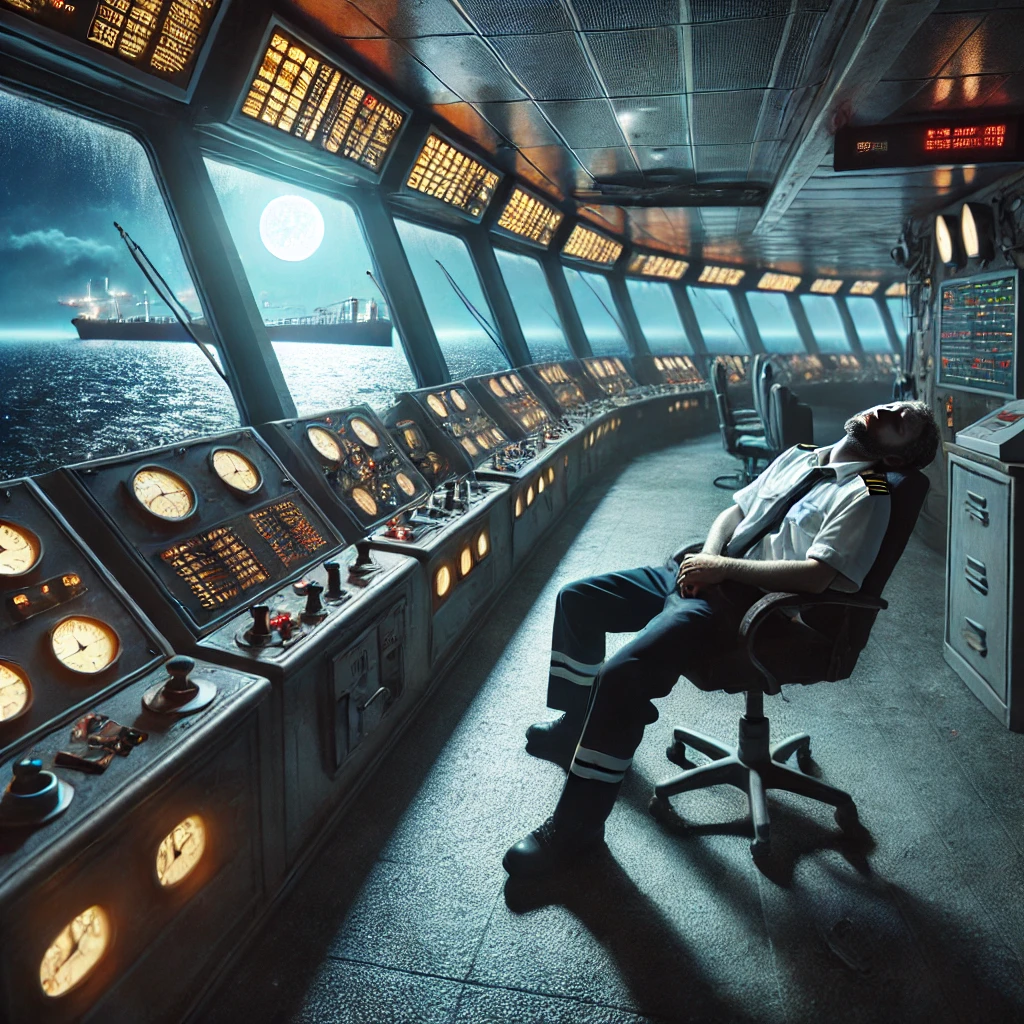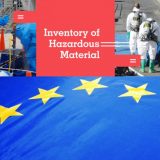Turkish President Tayyip Erdogan this week will urge Russia to send more goods in a greater volume though the Black Sea corridor when he meets Russian President Vladimir Putin next week, broadcaster Haberturk said on Friday September 9th. It was claimed that Erdogan wants to keep Russia engaged in the arrangement.
Putin last week floated the idea of limiting the arrangement, claiming that it was delivering grain, other food and fertilizer to EU nations and Turkey rather than to the poor countries that really need it.
Erdogan was quoted as saying that “as Mr Putin said, those ships (using the corridor) are going to either developed or developing countries. Maybe that’s why Mr. Putin doesn’t ship Russian products. Of course, in our meeting in Samarkand, we will now ask him to send Russian products through the corridor with ships”.
“If Russian grain starts to arrive, we will send this grain, other products, all of them, until they reach these poor African countries”, Erdogan continued.
Erdogan and Putin are set to hold talks on the sidelines of a summit of leaders of the Shanghai Cooperation Organization in Uzbekistan on September 15th and 16th.
Steering a careful middle course that has been the hallmark of Erdogan’s political position throughout the year, he said that Putin had been right to complain that grain was going to wealthy countries. The Istanbul-based coordination group JRCC that monitors the deal has said that just 30% of cargo has gone to low and lower-middle income countries. “There are many countries in a difficult situation, especially in Africa, which we need to embrace and send these goods to as soon as possible,” Erdogan was quoted as saying.
It has been noted by Reuters that too few ships were arriving in Ukraine to clear sufficiently rapidly the mountains of grain that have built up over the eight months of war.
Even if the agreement holds, the dangers of sending ships into the heavily mined Black Sea, along with a lack of large vessels and the exclusion of a major port, have meant that the volumes transported were well below Ukraine’s goal of doubling farm exports to at least 6m tonnes by October.
Alexander Saverys, CEO of Belgium-headquartered shipping group CMB, which shipped from Ukraine prior to the war, told Reuters that “for the moment, we do not send our ships to Ukrainian ports because we don’t believe it is safe. The situation on the ground is still very volatile and there is a clear danger to our seafarers’ lives. There is also a real risk of being stuck in port.”
At the current rate of exports, it would take around six months to ship the rest of the grain left over from last year’s harvest through the three ports included in the pact – Odesa, Chornomorsk and Pivdennyi – with the help of rail exports, according to Reuters’ calculations.
But by then another mountain of grain would have built up from the current harvest, including 20m tonnes of wheat and Ukraine’s corn crop, which is expected to total around 30m tonnes.
Since they have been unable to sell the Ukrainian farmers did not have the money to invest in their fields, meaning winter wheat planting is on track to be about a third below last year, according to Denys Marchuk, deputy chair of the Ukrainian Agrarian Council.
Dmitry Skornyakov, chief executive of Ukraine farm company HarvEast, said that one reason the sea corridor was not “game-changing” was because prices being paid for grain in Ukraine were not high enough to make massive exports immediately viable. As a result his company was cutting its planted wheat area and drilling no barley or rye this year. “We will definitely see less wheat and if we wait until spring and the situation remains as it is we will see a dramatic decrease in corn,” he said.
Another problem was that reaching previous shipment levels would require four 50,000 tonnes vessels every day , according to Josh Brazil, vice-president for global supply chain insights at project44. But the current range of vessels departing Ukraine were much smaller. The average cargo size has been estimated at around 20,000 tonnes.
Alex Stuart-Grumbar of Shipfix told Reuters that, at current cargo sizes, approximately a thousand voyages would be required clear the backlog. Larger ships carrying more than 60,000 tonnes of grain have been redeployed to other regions, including North and South America. It would take weeks to reposition because the grain export seasons in those other regions are underway. A sizeable crop in Brazil was tying up many vessels.
“We are, at the moment, unable as yet to position any of our assets in the Black Sea and therefore are unable to look at this business,” Khalid Hashim, managing director of leading Thai listed dry bulk shipping company Precious Shipping, told Reuters.
While some marine insurers have provided coverage to enable grains to set sail from Ukraine’s ports, shipping companies remained concerned. Insurance, by its nature, tries to avoid the creation of moral hazard. Shipping companies are required by insurers to retain some skin in the game.
“It is one thing to be insured against a calamity, it is another to put our crew and our ship potentially in harm’s way,” said CMB’s Saverys.
US-listed dry bulk shipping company Genco said that it was looking at how to go about working in Ukraine. Genco CEO and president John Wobensmith told Reuters that there were “challenges with insurance, most importantly keeping our crew safe and there are a lot of other logistics issues in terms of the convoys and load times. We are not quite there yet”.
Viktor Vyshnov, deputy head of Ukraine’s Shipping Administration, said more use of the corridor was needed to bring down insurance costs but acknowledged that the war was constraining shipowners. “Some of them are still afraid for their ships,” he said.
Ukrainian farming minister Solsky admitted hat “our main and biggest problem…is that our demand for logistics is several times higher than the supply”.
The problem has led to innovative thinking Ukraine and Poland are planning to build a 600-km pipeline to deliver Ukrainian sunflower oil to the Polish port of Gdansk, the Ukrainian agriculture ministry quoted the minister Mykola Solsky as saying on Thursday September 8th.
Ukraine last year was the world’s largest sunflower seed grower and sunflower oil exporter. The new pipeline could transport around 2m tonnes of sunflower oil per year, the minister said, but Solsky noted that “Ukraine needs to create alternative, powerful export logistics routes. Since we process a lot of oilseed crops, the pipeline is one of these options”. He said that the Polish side had “positively accepted” the proposal.
Source: https://insurancemarinenews.com/insurance-marine-news/turkeys-erdogan-to-ask-putin-to-ship-more-via-black-sea-corridor/



